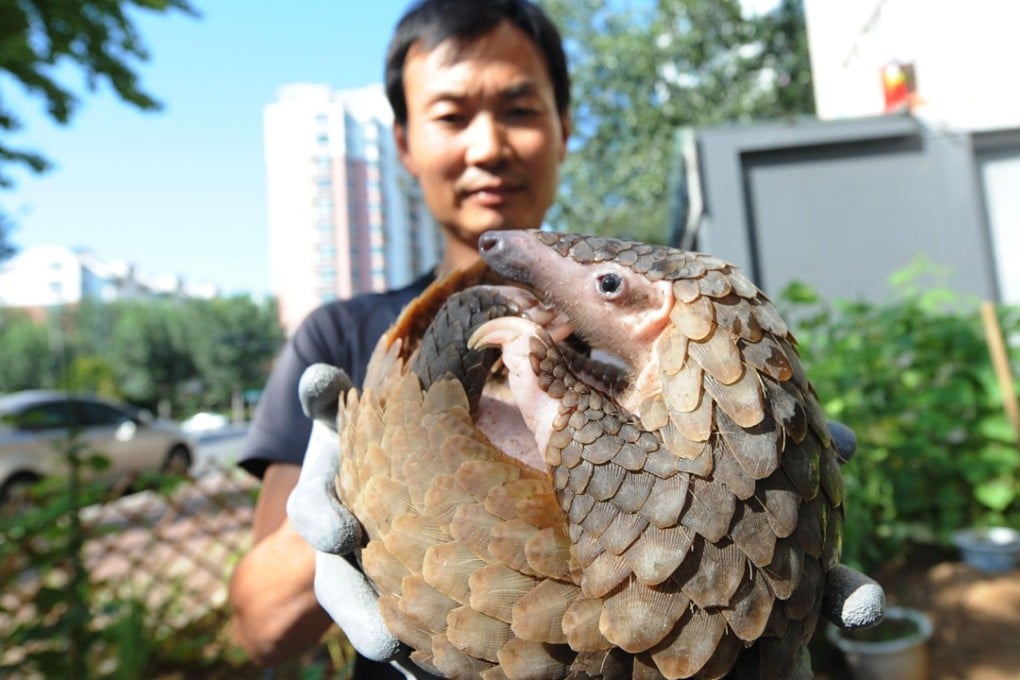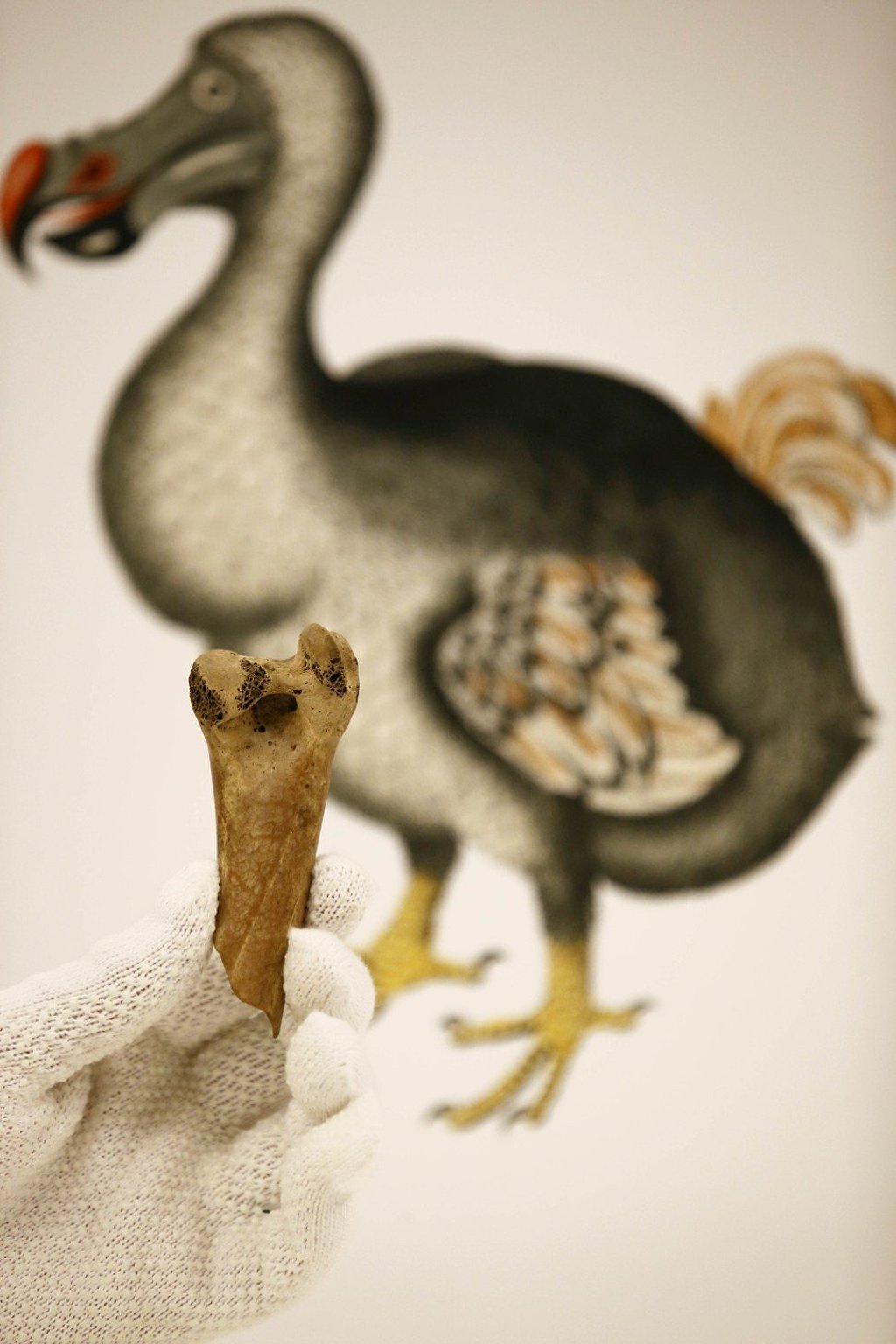Four animals being eaten into extinction by gourmets in China and around the world
Throughout history humans have wiped out animal populations. Have we learned from our mistakes? It seems not, with creatures from a songbird to pangolins and bluefin tuna now facing extinction by way of the dinner table

History has shown that humans have caused the extinction of many animal species.
A 225kg, two-metre flightless Australian bird, the Genyornis newtoni, was eaten to extinction 50,000 years ago. “We consider this the first and only secure evidence that humans were directly preying on now-extinct Australian megafauna,” says Gifford Miller, the associate director of CU-Boulder’s Institute of Arctic and Alpine Research. “We have documented these characteristically burned Genyornis eggshells at more than 200 sites across the continent.”

The majority of Australia’s megafauna, including a two-tonne wombat and 500kg kangaroo, also disappeared soon after the arrival of humans.
We all know about the dodo, the flightless bird with no natural predators that was discovered on the Indian Ocean island of Mauritius in 1507 and was extinct by 1681. Sailors hunted them for meat or indiscriminately killed them, and rats ate their eggs.
Steller’s sea cow was discovered in the Bering Sea in 1741 and gone by 1768. They were enormous, docile, manatee-like marine creatures that couldn’t submerge, and they fell victim to seal hunters.
Passenger pigeons were once numbered in the billions in North America, and their migrating flocks would darken the sky for days. Enter the European settlers, and the birds were totally gone by the early 1900s.